The Black-faced Swee (Coccopygia melanotis), or Swee Waxbill, is a common species of estrildid finch found in South Africa. They have a grey head and breast with a pale yellow belly, olive colored back and wings, red on their lower back and rump, and a black tail. Their upper bill is black and the lower bill is red. The males have a black face but the female’s face is gray. Juveniles are much duller than the female and they have an all black bill. The Black-faced Swee’s natural habitat is from sea level to 1800′ in open grasslands, shrubby grass, and the coastal bush.
Geography: South Africa
Song / Call: Click to hear the Black-faced Swee Waxbill
Size / Weight: 5″ / 11 – 13 gms
Sexing: Males have a black face while females have grey colored. Easily sexed when in adult plumage.
Temperament: The Black-faced Swee is a common and tame bird typically seen in small groups.
Breeding: The male hops near the female with an upright body, his bill pointed downward slightly. His feathers will be fluffed with the tail bent towards the female while giving a soft rapid song. With high-intensity courtship, the male stands beside it’s mate boing repeatedly. The nest is loosely constructed with balls of dry grass. It has a side entrance with a short spout that is lined with grass-heads and feathers, sometimes protruding from the entrance. Nests are built low to the ground in bush or creeper foliage. Clutches of 4–5 eggs are laid and incubation is 12–13 days.
Diet: Classic Finch Seed, Australian Blend Goldenfeast, Millet, Dried Egg Food, Mineral Grit, Crushed Egg Shell, Herb Salad, meal worms
DNA Testing:
If there is no gender option listed for a bird on our website, that particular species is ‘monomorphic’, which means we’re unable to determine gender without purchasing DNA testing. DNA testing is an additional $149 per bird to guarantee preferred gender. DNA testing may add an additional 3-6 plus weeks to estimated delivery time to allow for gender results. See our FAQs for more info.


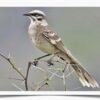
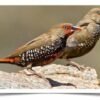

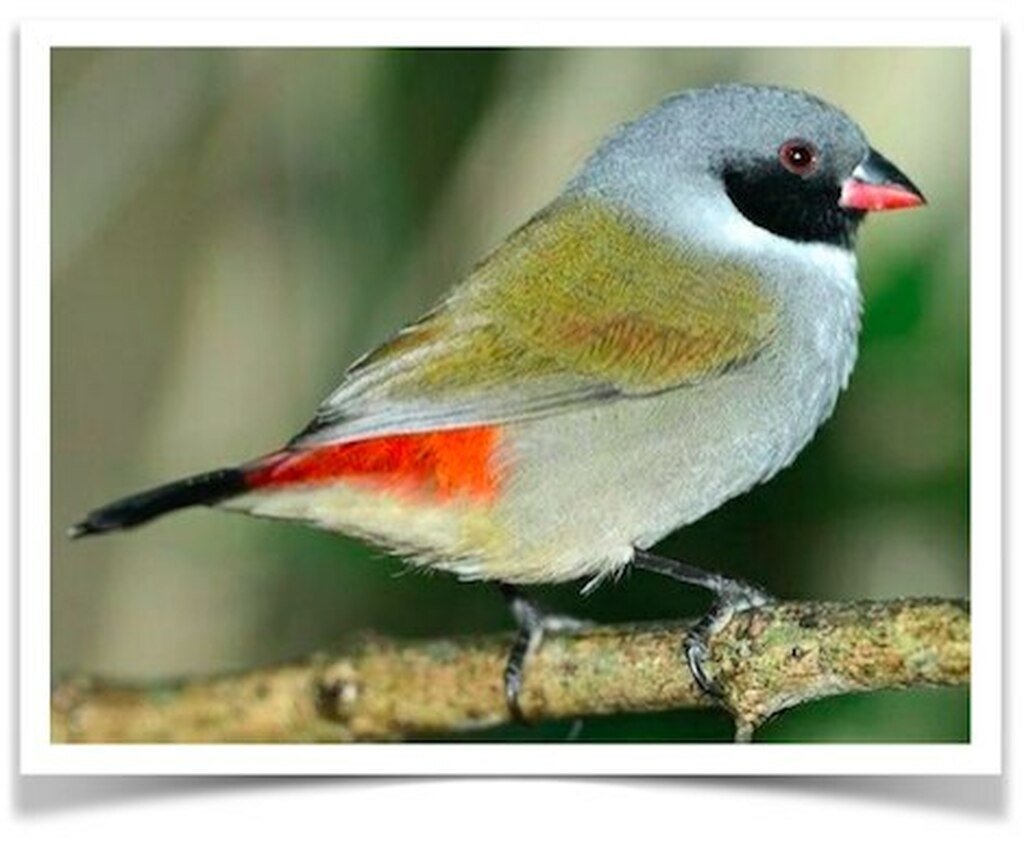
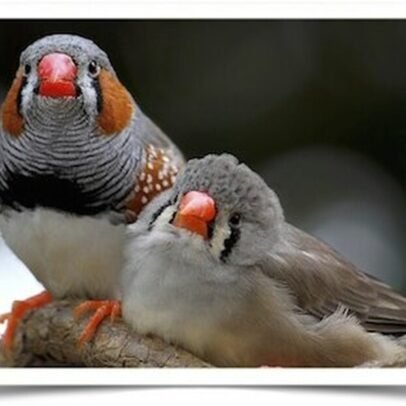


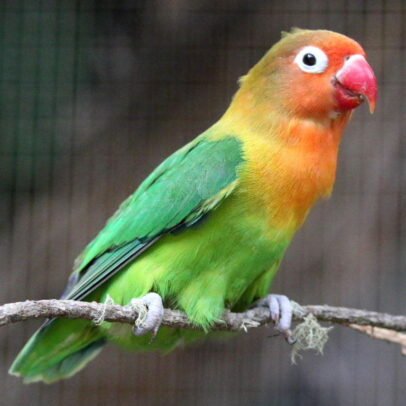


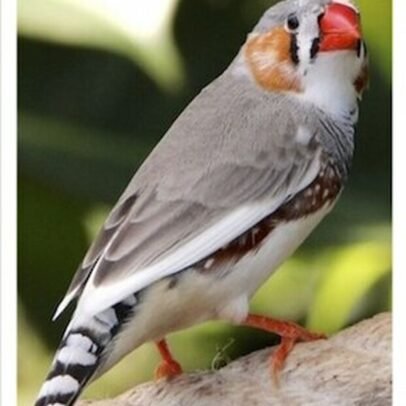
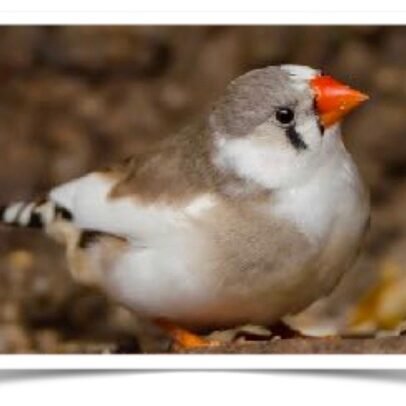




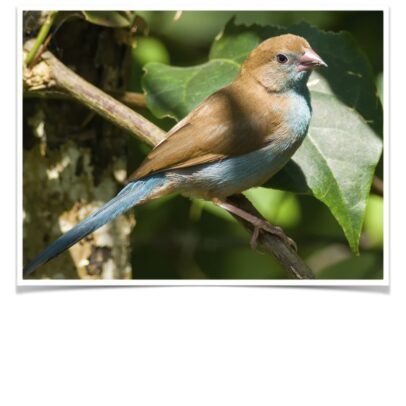




Reviews
There are no reviews yet.